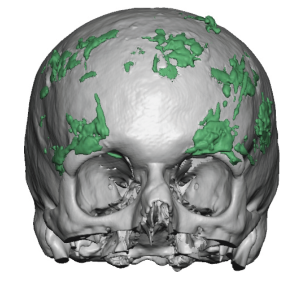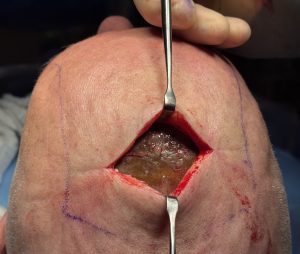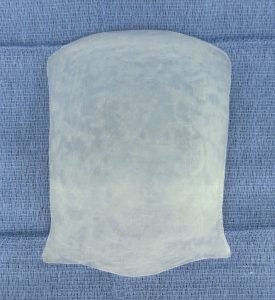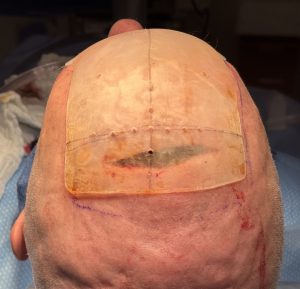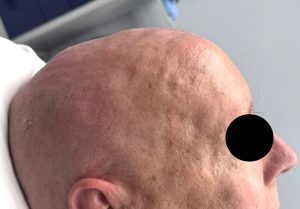Background: Custom skull implants are typically used for correcting various skull contour deficiences and often have some appreciable soze and thicknesses. While creating a smooth contour change is a necessary part of that typical form of augmentation it is not usually the sole reason for the patient to undergo the procedure. But custom skull implants can be an effective method for skull surface smoothing if the contour irregularities can tolerate a small amount of augmentation as well. The following case illustrates their usage f0r that exact effect.
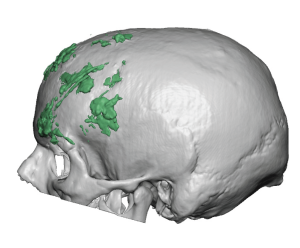
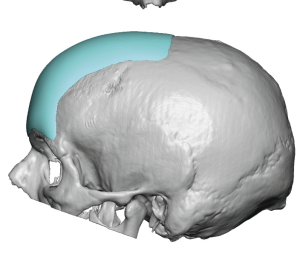
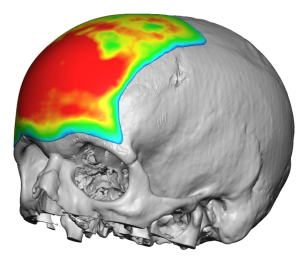
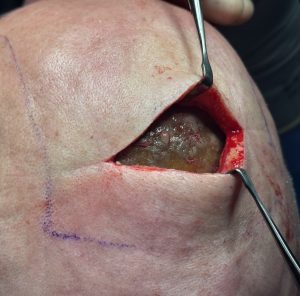
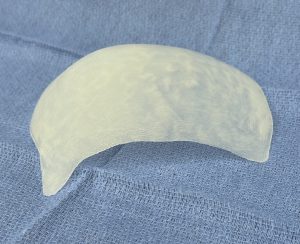

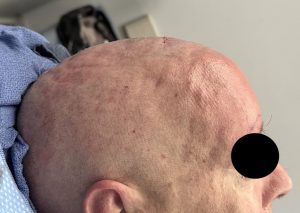
Key Points:
1) Prior skull reshaping procedures can leave the bone surface irregular and asymmetric.
2) Injectable fillers can be used to try and improve minor skull contour irregularities but are not a long term solution.
3) Custom skull implants can create a skull smoothing effect if they are very thin and cover large bony surface areas.
Dr. Barry Eppley
World-Renowned Plastic Surgeon



